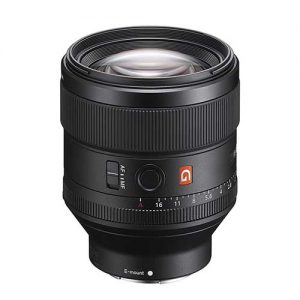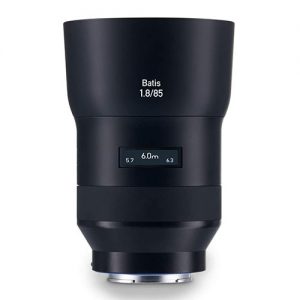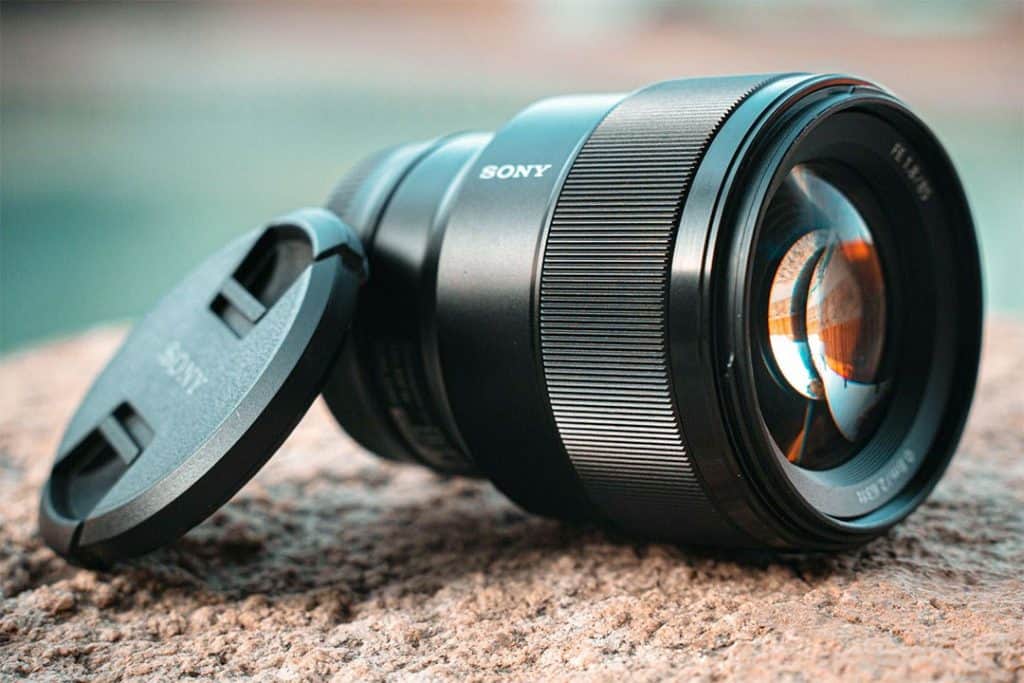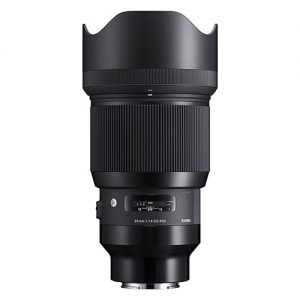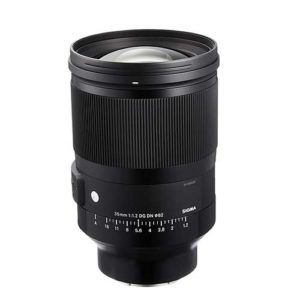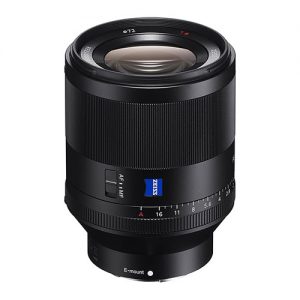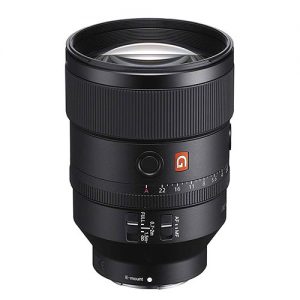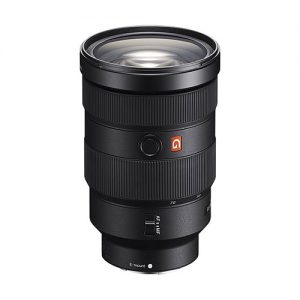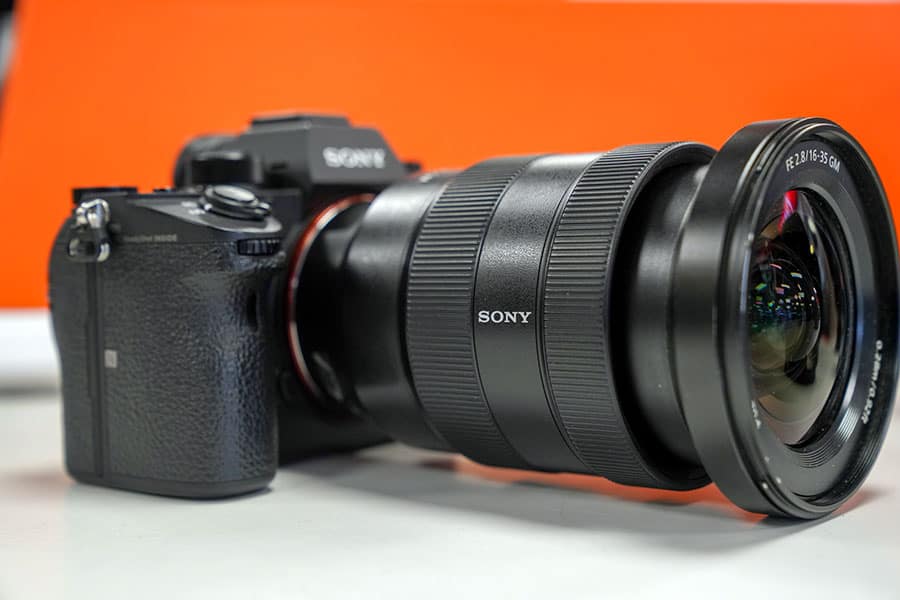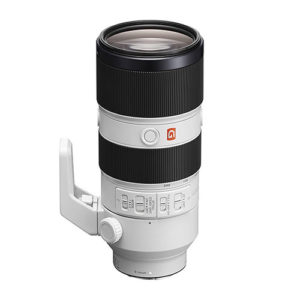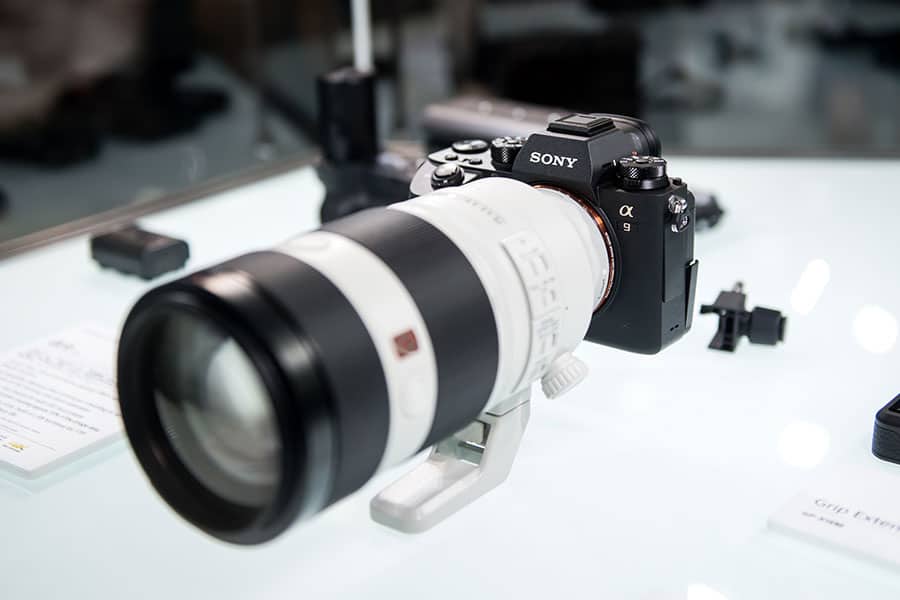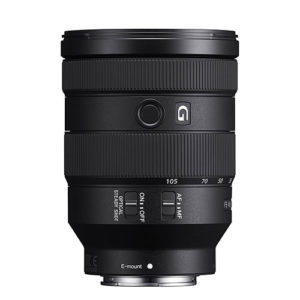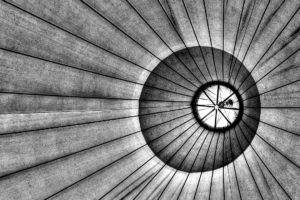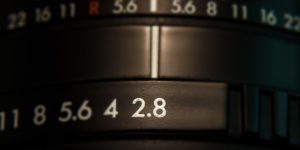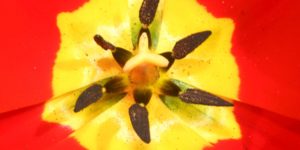The Sony a1 is a super-high-resolution camera that demands the best optics money can buy. It’s a stellar portrait camera, but you’ve got to pay extra attention to your lens purchase.
Most lenses will produce distortions, chromatic aberrations, or vignetting that only become evident with a camera this good.
Luckily, there are many lenses on the market that fit the bill, and Sony has upped the anty with their new line of G-Master lenses.
As always, you’ll want to take a careful look at how you’ll use the lens and what exactly you want to do with it before diving into any big lens purchase. Here’s a look at the best portrait lenses for your a1.
The Sony FE 85 mm f/1.4 GM lens is one of the best examples of the outstanding G-Master collection Sony has put together.
These lenses were built in response to cameras like the a1—cameras with sensor resolutions so high that lens design flaws become more evident.
The 85 f/1.4 is the prime portrait option for such a high-resolution camera, which can make full use of its amazing bokeh and depth of field at such a wide f-stop.
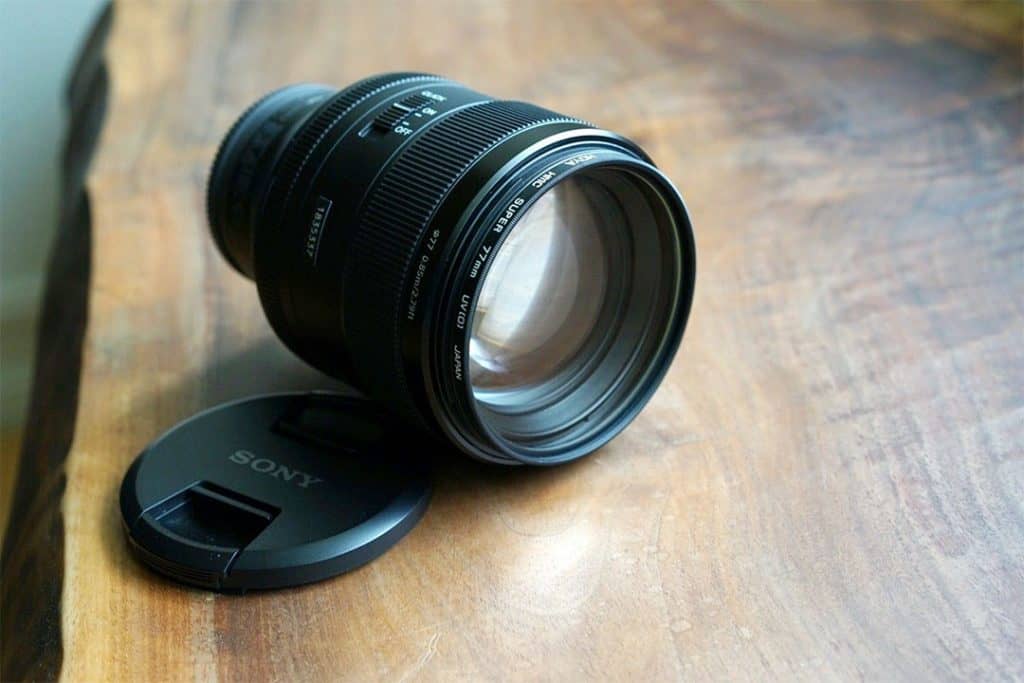
Features that may be of interest to video shooters include a physical aperture right and the option to de-click it.
There’s also a physical switch to quickly transit from auto to manual focusing, as well as an autofocus hold or lock button.
The 85 mm f/1.4 GM is a reasonably large lens. The barrel takes 77 mm screw-on filters, and the total weight of the lens is 29 ounces.
Some of the naming and branding terms used on Sony lenses are a bit confusing.
Sony sells a middle of the road line of lenses branded with the Zeiss name, and this lens is not one of those. Zeiss manufactures this lens, and it lives up to their reputation.
It keeps pace with the Sony 85 mm f/1.4 GM in sharpness and detail, all while being much smaller, lighter, and less expensive.
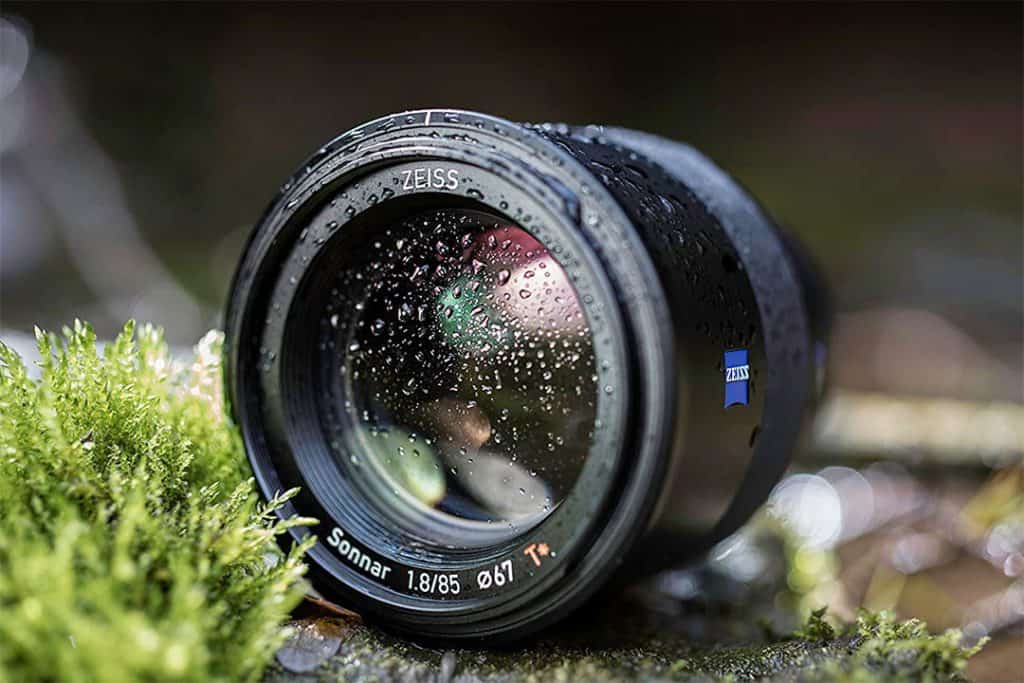
It’s also been noted that its autofocus drive is quieter than the Sony lens, which might be considered when you’re shooting video.
On the flip side, though, this lens lacks the physical aperture ring that video shooters might desire.
The Zeiss has a nice feature that no other lens has. On the barrel of the lens, there is a small OLCD display, which shows you a readout of the focus distance and the minimum and maximum distances included in the selected depth of field.
The lens is also a little smaller than the Sony version, accepting 67 mm filters and weighing 17 ounces.
Portrait photographers don’t lack choices. Sony also makes this budget model. It’s part of their base-level lineup, but its performance is surprisingly good.
The lens lacks the aperture ring, but it does include the focus controls. It’s optimized for video with a double linear motor system that is precise and quiet. Perhaps the biggest plus for this lens is its tiny size—it’s only 3.25 inches long and weighs just 13 ounces.
For the photographer looking for an affordable, pocketable, yet capable portrait prime, this is a great option.
Sigma makes a few portrait primes, but the new 85 mm f/1.4 DG DN Art is designed explicitly for high-resolution mirrorless systems.
It’s one of the fastest lenses you can get for the A1 besides the Sony G-Master. Like the Sony, it has an eleven-blade aperture for outstanding bokeh.
It’s about the same size, though the Sigma shaves off about seven ounces of weight.
It shares some other features, too, like the switch to de-click the aperture ring and the focus select and lock buttons.
Wide-angle primes get overlooked for portrait work too often.
Many times, outdoor and full-body-length portraits look great with a 35 mm, and there are a couple of these that will work well with the Sony a1.
The fastest available is from Sigma. As you would expect, it’s a bulky lens–but it makes gorgeous bokeh and
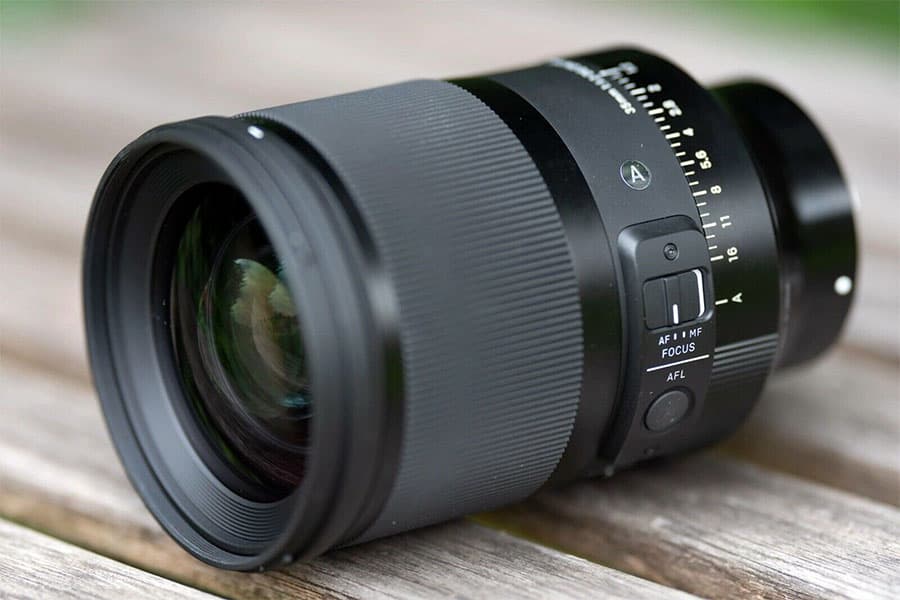
The G-Master equivalent to this lens is a half-stop slower. The Sony FE 35 mm f/1.4 GM is also a stellar lens for your sony a1 camera, and of course, it benefits from its native Sony design.
Honestly, it’s a toss-up between these two lenses since they are very similar, but I tip my hat to Sigma for letting in just a little more light.
Oddly, Sony isn’t making a premium G or G-Master “normal” prime at this time.
It seems an obvious hole in their lineup, so the best you can do from Sony comes from their mid-range Zeiss line.
It’s an excellent lens, though, and it shares many of the G-series features. It does have a physical aperture ring, and it’s fast at f/1.4.
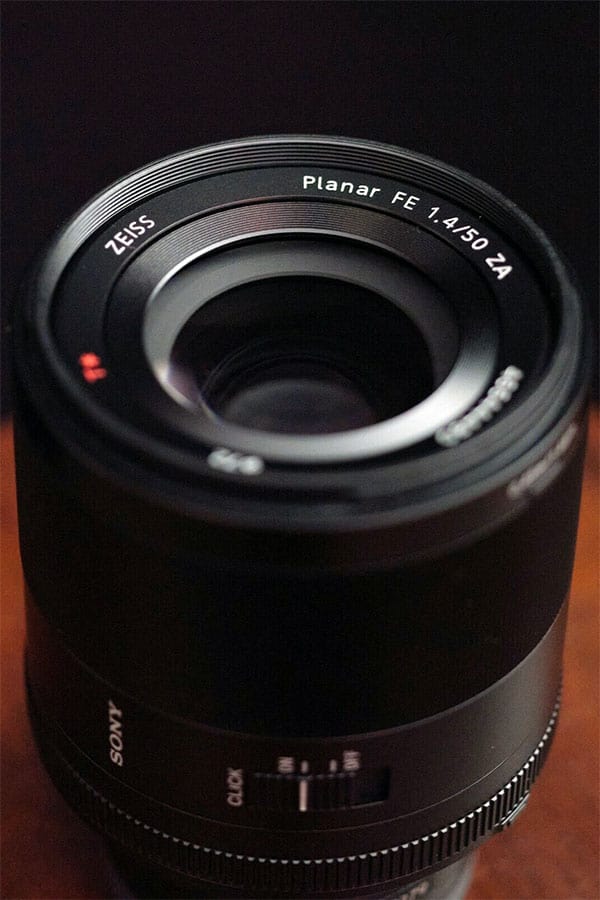
Close-ups need a tighter lens, and the FE 135 mm f/1.8 GM handles the task very well.
Like its 85 mm cousin, this lens is one of the best that Sony has to offer.
It’s sharp and fast, and it works well for portraits or video. Its great optics pair perfectly with the a1, delivering the experience you would expect from such a nice camera.
They use super extra-low dispersion glass and an eleven-bladed aperture for the sharpest details and smoothest, silkiest bokeh you’ve ever seen.
Portrait shooters who want to use a multi-purpose zoom lens have a tough choice to make.
The fastest G-Master zoom lenses, along with all other options available, are divided right where a portrait photographer uses them the most–at 70 mm.
If you want to work at wide-angle portraits, you get the smaller lens, the 24-70 mm f/2.8. If you want to work on close-ups, you get the 70-200 mm f/2.8.
The best solution for the zoom shooter is probably to have both.
If you enjoy taking close-up portraits, or you dig the perspective gained at 85, 100, or even 135 mm, the FE 70-200 mm f/2.8 GM is the way to go.
It may seem a little excessive, but this lens is one of my personal favorites for shooting portraits, especially at events.
It gives you total control, sharp images, and beautiful bokeh.
There are some situations where you want one lens that can do anything, and you value a little more focal length over the speed.
An f/4 lens is as slow as you want to go, and luckily Sony makes the perfect solution.
The FE 24-105 mm f/4 G OSS has the perfect range that will cover 90 percent or more of your portrait needs.
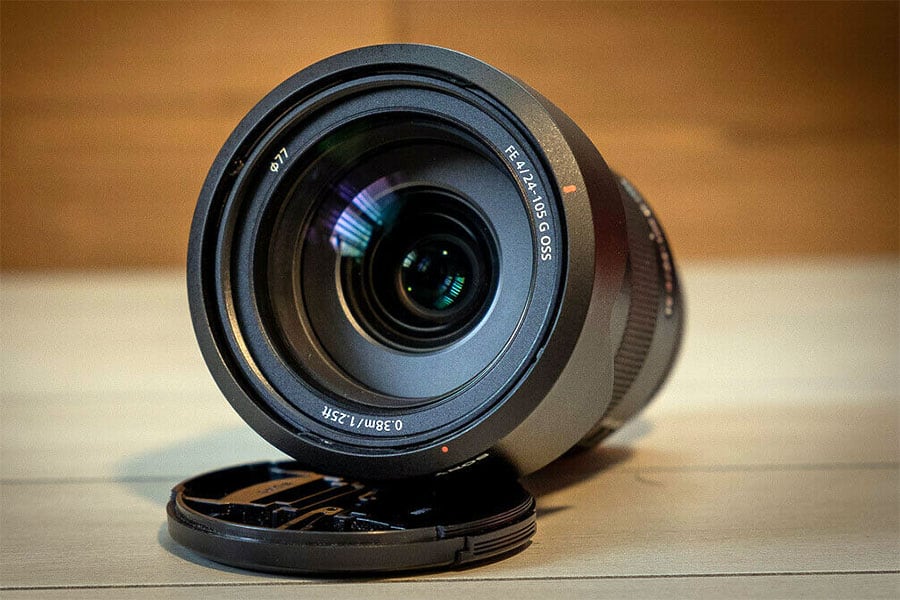
If you need to have a “kit lens” in your bag that is good enough to use on the a1, this should be it. It’s smaller and lighter than the f/2.8 lenses, and for most portrait work, it has more than enough reach.
The lens has built-in optical steady-shot (OSS), but the a1 will allow you to choose between this and the camera’s IBIS stabilization.
Sony A1 Portrait Photography: How to Pick The Right Lens
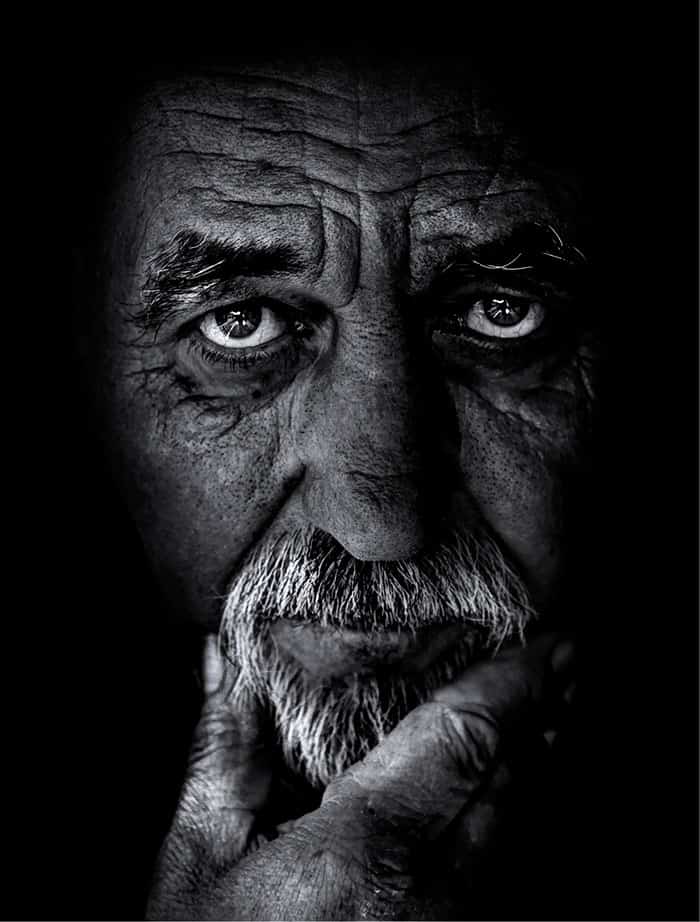
Everyone has a different style of photography, and it’s important to analyze exactly how you are going to use this lens.
The “best you can get” is a good starting point, but most shutterbugs need to hone that idea down a little further. What exactly makes a lens the best?
In other words, it helps to start by having a list of your priorities. Every lens you purchase is going to be a compromise of some sort.
Either it will be because your budget couldn’t swing the fastest lens after buying the A1 (understandably), or you needed something more compact and portable than the biggest glass.
If I were to divide up portrait photographers, I would divide them up into three groups.
Some shoot in a studio or studio-like setting. In this situation, the photographer has complete control over everything, lighting, time, location, and where they place the camera and subject.
They don’t care about portability much since they seldom carry their gear any distance.
The next type of portrait photographer is one that must travel to their subject. They have less control over what the conditions will be like when they get there, so they need to be prepared for any circumstance.
They might be carrying their gear, and their gear might be doing double duty. In other words, a portrait lens may also be capturing landscapes.
Lastly, there are event photographers who shoot candid portraits.
They need to get the photo framed and captured quickly with the least amount of hassle.
They’ll give up a little speed and weight for a more versatile lens to shoot with their sony a1.
These photographers are more likely to choose zoom lenses over primes.
Of course, these are generalizations, but the point is simply that each photographer has their style and shooting habits. When you’re starting out, the best thing to do is shoot for a while with a versatile lens that will have a place in your camera bag, no matter what.
Then, as you feel out what focal lengths, speeds, and sizes you might like to use more, you can hone in on the perfect lens.
Zoom or Prime Lenses?
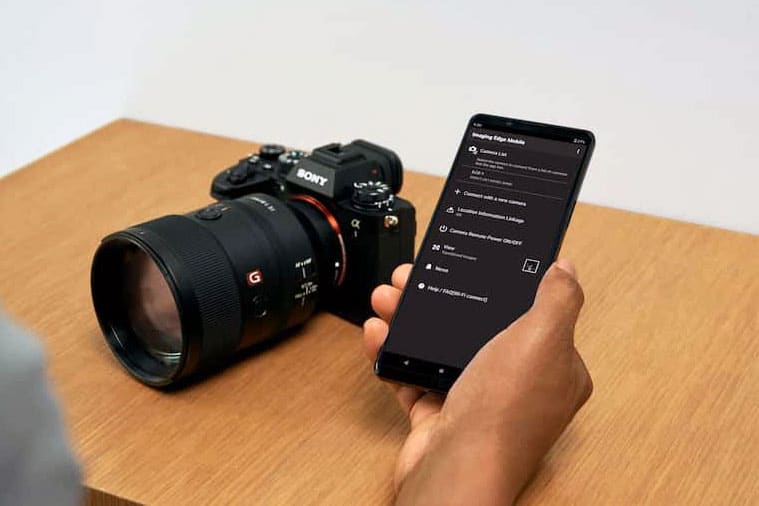
For portraits, there are a few advantages to using a prime lens. Prime lenses tend to be faster, meaning that they have wider apertures than their zoom counterparts. The best Sony lenses available for the A1 have f/1.4 apertures, which is pretty wide.
Compare this to the fastest Sony zoom lenses, which are only f/2.8, a full two stops slower.
Shallow depths of field are used in portraits to get the background blurred and separated from the subject.
If you are comparing lenses with similar f-stops, a prime lens will generally be smaller and lighter. This is because the lens only has to work at one focal length, so many moveable elements are removed.
It also means that manufacturers can perfect the optics to a higher degree, making their images sharper and less distorted.
So is there any reason to pick a zoom lens?
There are several reasons a photographer might prefer a zoom. For one, they might only be able to afford one really good lens.
If they shoot all sorts of different photographs, a zoom lens might offer the most versatility. Zoom lenses are often used as multifunction Swiss Army knife lenses that can do anything. A 24 to 70 mm f/2.8 zoom lens is a convenient thing to have, and it can meet your needs in nearly any situation.
Another time a zoom might be appreciated is when the photographer must frame a photo quickly. The classic example is at a wedding.
The photographer is wandering around, catching candid moments, when suddenly, something incredible happens across the room.
With a zoom, they can get a close up no problem. If they are shooting with a 35 or 50 mm prime lens, they might not get anything useable.
Aperture & Bokeh
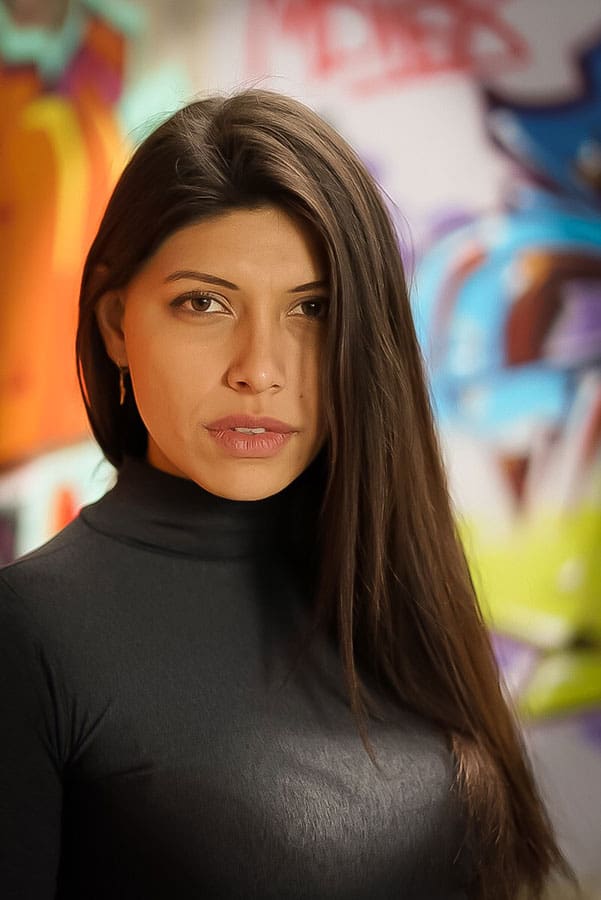
Portrait photographers aren’t interested in the speed and light-catching abilities of a lens so much as they are in the depth of field.
As the f-stop goes down, the depth of field gets shallower and shallower. This is the classic portrait look, with a sharply focused subject and a blurred background.
Portrait photographers spend a lot of time looking at that blurred background. The casual observer might incorrectly think of it as an afterthought of the photo, but experienced photographers realize that there are many different qualities to the background.
Some lenses make a blurred background look natural, smooth, and pleasant. Others, unfortunately, make it look choppy and harsh. The quality of the background blur is referred to as bokeh.
The bokeh qualities of a lens are determined by the quality of its optics and its aperture shape, more than by your A1’s flagship sensor.
The best way to understand bokeh is to look at it when it happens to a point of light. If you take a portrait in front of a lit Christmas tree, the points of light will blur into shapes.
The smoother and rounder than those shapes are, the better the lens’s overall bokeh is.
Higher-end lenses make the best bokeh with nine or eleven blade apertures. The Sony GM (Gold Master or G-Master) lenses have some of the best bokeh of any lens on the market.
Are Sony G-Master Lenses Worth It?
Sony uses many labels for their lenses, so it’s sometimes hard to decipher what all the letters and numbers and brands mean.
Sony’s absolute best line of lenses is known as the G-Master series, and they are labeled with the letters “GM” in the lens specifications. They also include a distinctive G logo on the lens body.
These lenses have been designed specifically for the next generation of cameras’ outstanding resolution performance like the a1.
Their elements are optimized for high-resolution shooting, and they spent extra effort in enhancing the lenses’ bokeh quality.
Sony claims that their baseline design goal with these lenses is to resolve 50 line pairs per millimeter when wide open. They accomplish this with outstanding contrast and the sharpest optics possible.
Besides having outstanding optics, these lenses are built tough for professional use. They autofocus fast and accurately. They are carefully weather-sealed and made of the best quality components.
They are also optimized for video shooting, with fast and silent AF drives and de-clicked aperture rings. Finally, it’s worth noting that there will be a steady demand in the future for the newest GM lenses, so any lenses you add to your collection will retain their value well.
The previous generation of high-end lenses was marked only as “G.” These “gold” series lenses are also excellent choices and will also produce outstanding results. They just aren’t at the level of the GM lenses.
Other Sony lenses include their Zeiss lineup, which are marked with “ZA” in the specifications. Sony’s base lenses aren’t marked with any of these things.
Portrait Focal Lengths
Wide Angles—35 Millimeters
If you’re looking to take full-body portraits, a wide-angle lens is usually the one to reach for.
Wide angles are tricky, though, because the lens must distort the image to squeeze it all onto your camera’s sensor. The best work with a natural-looking distortion that is barely noticeable, but that gets very hard to find in lenses with focal lengths less than 35 millimeters.
Even still, it would be best if you were careful with subject placement and perspective with these lenses.
Objects near the sides of the frame tend to be most affected. Once in a while, you’ll try a pose, and a model’s leg or arm will get too close to the edge. The result is freakishly large looking.
Most people are used to seeing this distortion, but it’s not a good look.
Wide-angle lenses change the perspective for the viewer. The relationship between the subject and the background becomes different. Objects behind the subject will appear ever farther away than they are.
This is good for pulling the subject out of the background and isolating them, but it sometimes can appear too extreme and make the image look awkward.
Normal—50 Millimeters
Fifty-millimeter lenses are commonly called “normal” lenses because they produce the least distortion in the image.
The final image is very close to how our eyes see the world. That means that portraits will generally be very much like we see one another in the real world. From a few feet away from your subject, you’re likely to get half-body shots.
Nifty-fifties are handy to have because they’re pretty versatile. There aren’t too many genres these lenses don’t come in handy for, and they are generally available with fast apertures and compact sizes.
Short Telephoto—85 Millimeters
The single most popular portrait focal length is 85 millimeters. This focal length gives the photographer a lot of control.
By getting farther away from their subject, they can frame any proportions they like. But the short telephoto allows for a little bit of forced perspective.
Objects that are distant in the background appear closer to the model, making the whole scene appear tighter in the final image.
Long Telephoto—135 Millimeters
For close-ups, most shutterbugs reach for a 100 or 135-millimeter lens. This lens is probably too specialized for many portrait photographers, but for someone who already has a really nice 85 mm and is always yearning for a little more reach, a 135 is sure to satisfy.
Zoom Lenses
The focal lengths that a portrait photographer wants to shoot with don’t change when they pick up a zoom lens.
The trick is finding a zoom lens that meets all of their needs. The most popular zooms are the fastest ones that Sony makes from their G series, with have an aperture of f/2.8.
These lenses are incredibly fast, and you can choose from either the 24-70 or the 70-200. The ranges are significant because you’ll have to choose between wide portraits or telephoto portraits unless you buy both. Both lenses offer outstanding quality, though.
The other option would be to pick a slower lens that has more reach. The Sony FE 24-105 mm f/4 G OS is an excellent lens with perfect reach for portrait shooters. At f/4, though, it’s a little bit slow for the a1’s fantastic sensor.
Sony A1 Resources
Reviews
Sony A1 Specifications
| Body type | SLR-style mirrorless |
| Max resolution | 8640 x 5760 |
| Effective pixels | 50 megapixels |
| Sensor size | Full frame (35.9 x 24 mm) |
| Sensor type | BSI-CMOS |
| ISO | Auto, 100-32000 (expands to 50-102400) |
| Lens mount | Sony E |
| Focal length mult. | 1× |
| Articulated LCD | Tilting |
| Screen size | 3″ |
| Screen dots | 1,440,000 |
| Max shutter speed | 1/8000 sec |
| Format | XAVC S, XAVC HS, H.264, H.265 |
| Storage types | Dual SD/CFexpress Type A slots (UHS-II supported) |
| USB | USB 3.2 Gen 2 (10 GBit/sec) |
| Weight (inc. batteries) | 737 g (1.62 lb / 26.00 oz) |
| Dimensions | 129 x 97 x 70 mm (5.08 x 3.82 x 2.76″) |
| GPS | None |
Conclusion
The Sony a1 is an outstanding camera with its industry-leading sensor.
But as Peter Parker almost said, “With great resolution comes great responsibility.”
Pick your lens wisely to ensure that you use your camera to its full advantage. Happy shooting!


